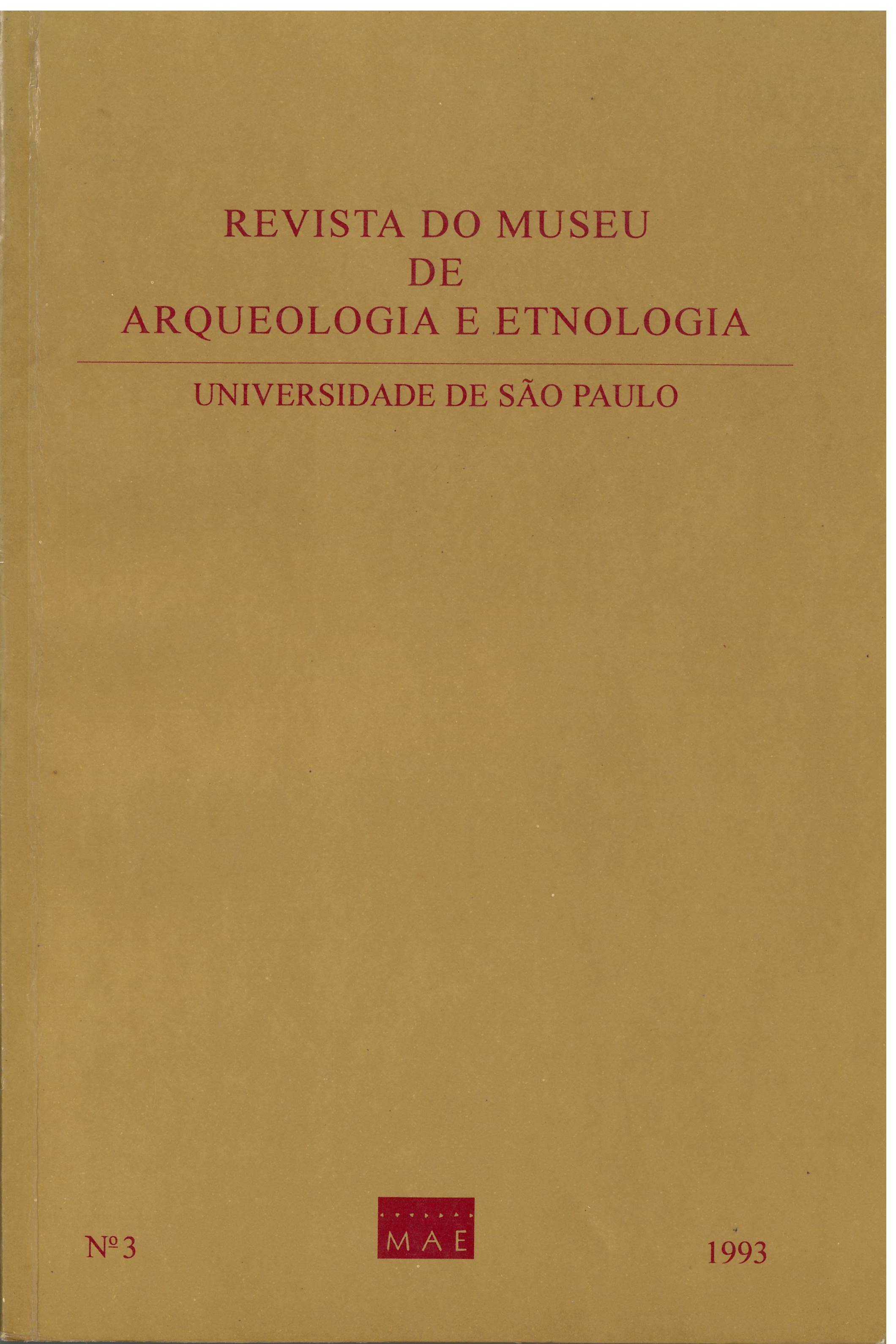The COSIPA sambaquis (4200 to 1200 years BP): a study o f the fisher-gatherers prehistoric peoples subsistence from the Baixada Santista.
DOI:
https://doi.org/10.11606/issn.2448-1750.revmae.1993.109161Palabras clave:
Coastal ecosystems - Coastal nomad peoples - Resources - Shell-mounds - Rentability.Resumen
The sambaquis (or shell-mounds) are a very common type of prehistoric archaeological site along the brazilian southeast coast. Built between 7.000 and 1.000 years BP, they point to an efficient human adaptation to that area. Generally identified as rich environments with a high earring capacity, the coastal ecosystems have only been occupied lately by human race, and this adaptation of nomad bands to the nearshore conditions seems to bring great social, economic and cultural changes. The analysis of archaeofaunal samples from three sambaquis offers an example of the nature of the prehistoric men adaptation to these environments.Descargas
Los datos de descarga aún no están disponibles.
Descargas
Publicado
1993-12-05
Número
Sección
Artículos
Licencia
Derechos de autor 1993 Levy Figuti

Esta obra está bajo una licencia internacional Creative Commons Atribución-NoComercial-SinDerivadas 4.0.
Cómo citar
FIGUTI, Levy. The COSIPA sambaquis (4200 to 1200 years BP): a study o f the fisher-gatherers prehistoric peoples subsistence from the Baixada Santista. Revista do Museu de Arqueologia e Etnologia, São Paulo, Brasil, n. 3, p. 67–80, 1993. DOI: 10.11606/issn.2448-1750.revmae.1993.109161. Disponível em: https://www.journals.usp.br/revmae/article/view/109161.. Acesso em: 19 may. 2024.













